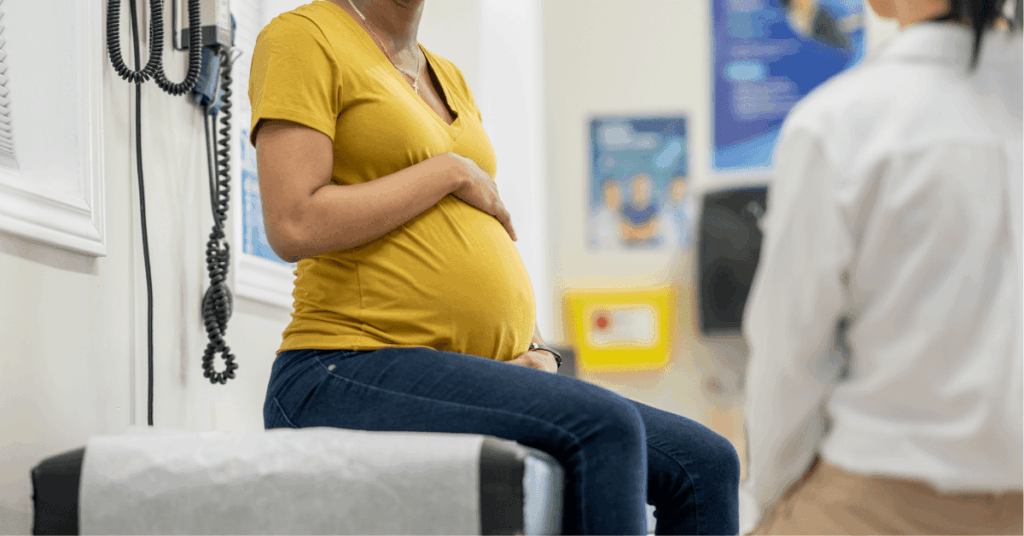During the Wyoming Legislature’s “interim” session this summer and fall, small groups of lawmakers will meet as committees to discuss specific issues.
Ideally, the committees will prepare fine-tuned legislation that addresses the issues, and then propose it when the full Legislature next convenes in February 2026.
In a series of blog posts, Better Wyoming will break down some of the most important issues of the current “interim” session so folks can better know what’s going on and how to get involved.
ISSUE: State lawmakers have failed to raise Medicaid rates paid out to maternal healthcare providers, which results in fewer providers offering those services and huge "maternity care" deserts where no help is available.
COMMITTEE: Joint Labor and Health Committee
NEXT MEETING: Oct. 16, Cheyenne
Overview
Five Wyoming hospitals have closed their labor and delivery units in the past five years: Riverton, Kemmerer, Rawlins, Evanston and, most recently, Wheatland.
These closures have expanded Wyoming’s “maternity care deserts,” counties where there are no hospitals offering obstetric services or birth centers, and no obstetricians, gynecologists or certified nurse midwives.
More than 20% of Wyoming women live in these areas.
“One of the things that’s impacting hospitals enormously is that OB care is so poorly reimbursed by Medicaid,” said Esther Gilman-Kehrer, a retired Laramie midwife. “It’s a huge money-suck for hospitals, so they shut down maternity wards.
“If you can’t provide OB services in your community, people don’t come to your community,” she added.
Some expectant mothers in the state travel more than 100 miles to a hospital or birthing center, including in dangerous weather.
Gilman-Kehrer said her niece in Saratoga had to deliver her baby unassisted on the side of the road at Elk Mountain when she couldn’t make it to a birthing center. The outcome for mother and her baby were fine, she added.
“Let me remind you, some of us in this body have given birth,” Sen. Evie Brennan of Cheyenne said on the Senate floor. “I can tell you 100 miles on one of those [deliveries], I may not have made it to the hospital.”
Legislative background
Legislative leaders made solving Wyoming’s maternal healthcare crisis a top priority for the Joint Labor, Health and Social Services Committee in 2024. While the panel studied the issue, it didn’t sponsor any bills.
Medicaid reimbursement rates—in short, how much money providers receive from Medicaid to perform services—are set by state lawmakers. In Wyoming, lawmakers have kept these reimbursement rates far below the market for maternal healthcare providers.
This year Gov. Mark Gordon asked the Legislature for $2.4 million for the Department of Health to increase Medicaid reimbursement rates for maternal healthcare providers. One-third of all births in Wyoming are covered by Medicaid.
But the Legislature failed to pass a budget in 2025, so no increase was approved.
The average amount paid by Medicaid for a birth is $7,500. The average amount paid by private insurance is $20,000.
The Joint Labor & Health committee has drafted a bill that would increase Medicaid rates for critical care hospitals’ OB healthcare and obstetric physician services by a combined $17 million.
“The hospitals are really the anchor in these communities for labor and delivery,” said Franz Fuchs of the Wyoming Health Department. “When a community loses its hospital, that really is the linchpin that holds it all together. And it's really hard to put it back.”
What’s next?
Joint Labor & Health will once again take up the Medicaid reimbursement rate for maternity services issue during the current “interim” session. The committee will discuss the bill at 8:30 a.m. on Thursday, Oct. 16.
People can watch the committee on the Wyoming Legislature’s YouTube channel (look under “Interim Committee Meetings” for Joint Labor Health) or attend in person at the Wyoming Capitol Extension, Room W006, in Cheyenne.

